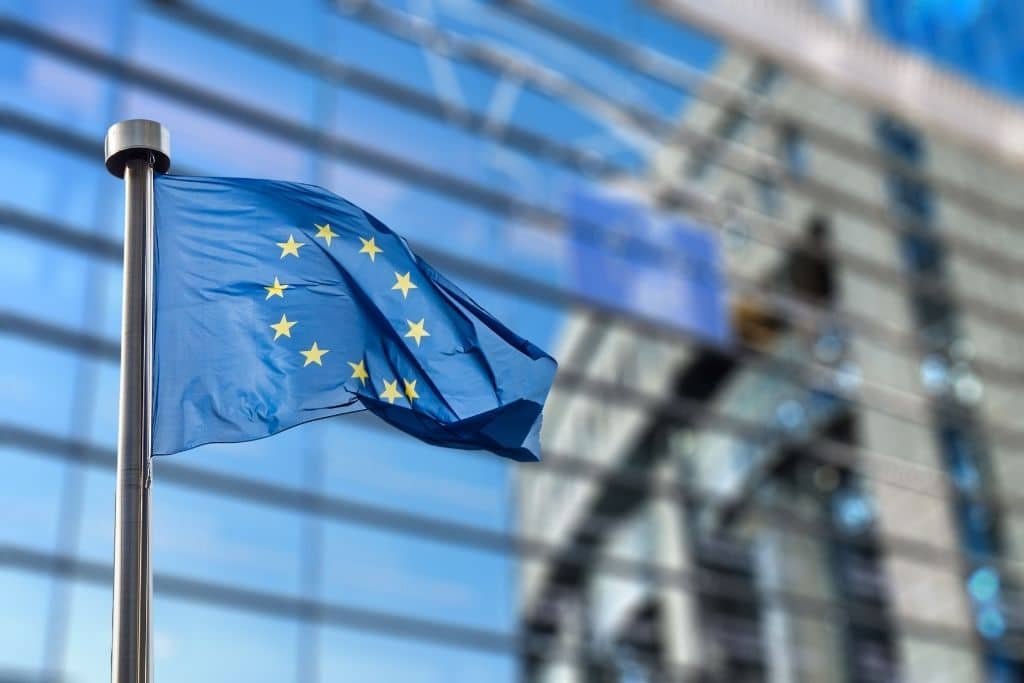The EU carbon market to limit supply of permits and countries can only ‘sell’ 5% of their excess carbon emissions to other member states until 2030 to ensure nations meet their own emissions targets.
—
Lawmakers in the European Parliament’s environment committee voted on a raft of climate policies on May 17, including tougher rules on national emissions goals and a more ambitious overhaul of the EU carbon market.
The European Union is seeking to cut carbon emissions by 55% by 2030 from their 1990 levels, and to boost their energy generation from renewable sources to 40%. But the war in Ukraine has pushed a number of nations to ramp up coal and other fossil fuel production to end their energy dependence on Russia, generating more planet-warming emissions as a result.
The war has propelled the bloc to fast track their renewable energy transition, but EU lawmakers are also voting for tougher measures to ensure countries meet their own emissions cut targets and prevent them from relying on other member states to pick up the slack.
The committee has backed a proposal that allow countries that overachieve their targets sell their extra CO2 cuts, or about 5% of their annual emissions limit, to another country each year until 2030. The European Commission originally suggested allowing 10% between 2026 and 2030.
Each country’s target is based largely on its Gross domestic product (GDP); tougher and more ambitious targets are set for wealthier member states compared to poorer ones.
Other climate policies that have been voted on are proposals to implement stricter rules for the European carbon market. The EU’s Emissions Trading Scheme (ETS) is a financial mechanism to incentivise polluting companies to reduce their greenhouse gas emissions, in which power plants and factories are required to pay for permits for a set amount of carbon they emit. Since the launch of the ETS in 2005, carbon emission in the bloc’s sectors have dropped by 43%.
A narrow majority in the committee are in favour of cutting the supply of permits added to the carbon market by 4.2% – and boosting that rate by 0.1% every year to ensure emissions are falling faster – and to slash emissions covered by the ETS by 67% by 2030 from 2005 levels. The new measures would also make it easier to intervene in the carbon market if prices spike. For example, the EU can add more permits to the market if carbon prices are more than twice the average of the two previous years over a six-month period.
Industries will also no longer receive free carbon permits by 2030 and will instead be faced with a carbon border levy on imports of polluting goods under the carbon border adjustment mechanism.
The same goes for the aviation sector. Airline companies would lose half of their free permits in the EU carbon market in 2024 and all by 2026 to drive up pollution costs for flights within Europe. But companies that are switching or use sustainable aviation fuel would still receive free permits to help cover their high cost compared with conventional fossil fuels.
You might also like: European Countries Endorse Plan to Impose EU Carbon Border Tax


















